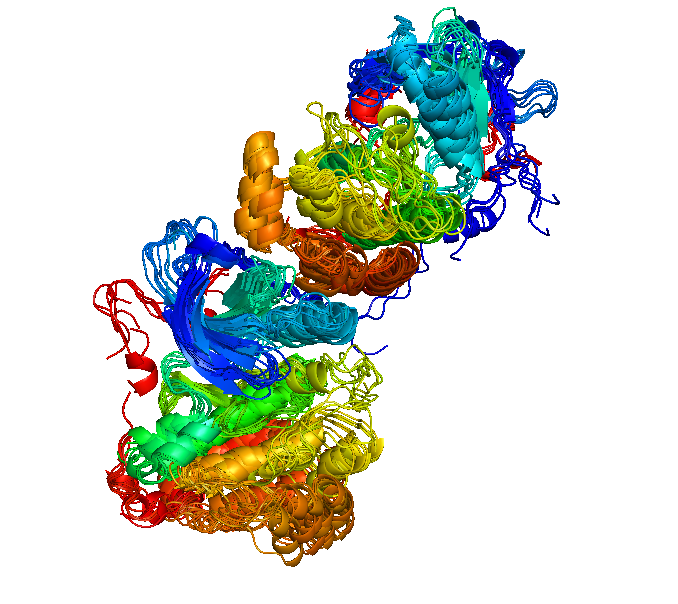ProtCID on:
[Wikipedia]
[Google]
[Amazon]
 The Protein Common Interface Database (ProtCID) is a database of similar protein-protein interfaces in
The Protein Common Interface Database (ProtCID) is a database of similar protein-protein interfaces in
Protein Interfaces, Surfaces and Assemblies (PISA)
* http://www.rcsb.org Biological databases Systems biology Crystallographic databases Protein structure
 The Protein Common Interface Database (ProtCID) is a database of similar protein-protein interfaces in
The Protein Common Interface Database (ProtCID) is a database of similar protein-protein interfaces in crystal
A crystal or crystalline solid is a solid material whose constituents (such as atoms, molecules, or ions) are arranged in a highly ordered microscopic structure, forming a crystal lattice that extends in all directions. In addition, macros ...
structures of homologous proteins.
Its main goal is to identify and cluster homodimeric
In biochemistry, a protein dimer is a macromolecular complex formed by two protein monomers, or single proteins, which are usually non-covalently bound. Many macromolecules, such as proteins or nucleic acids, form dimers. The word ''dimer'' has ...
and heterodimeric interfaces observed in multiple crystal forms of homologous proteins. Such interfaces, especially of non-identical proteins or protein complexes, have been associated with biologically relevant interactions.
A common interface in ProtCID indicates chain-chain or domain-domain interactions that occur in different crystal forms. All protein sequences of known structure in the Protein Data Bank
The Protein Data Bank (PDB) is a database for the three-dimensional structural data of large biological molecules, such as proteins and nucleic acids. The data, typically obtained by X-ray crystallography, NMR spectroscopy, or, increasingly, cry ...
(PDB) are assigned a ”Pfam
Pfam is a database of protein families that includes their annotations and multiple sequence alignments generated using hidden Markov models. The most recent version, Pfam 35.0, was released in November 2021 and contains 19,632 families.
Uses
...
chain architecture”, which denotes the ordered Pfam assignments for that sequence, e.g. (Pkinase) or (Cyclin_N)_(Cyclin_C). Homodimeric interfaces in all crystals that contain particular domain or chain architectures are compared, regardless of whether there are other protein types in the crystals. All interfaces between two different Pfam domains or Pfam architectures in all PDB entries that contain them are also compared (e.g., (Pkinase) and (Cyclin_N)_(Cyclin_C) ). For both homodimers and heterodimers, the interfaces are clustered into common interfaces based on a similarity score.
ProtCID reports the number of crystal forms that contain a common interface, the number of PDB entries, the number of PDB and PISA biological assembly annotations that contain the same interface, the average surface area, and the minimum sequence identity of proteins that contain the interface. ProtCID provides an independent check on publicly available annotations of biological interactions for PDB entries.
ProtCID also contains interface clusters between protein domains and peptides, nucleic acids, and ligands.
See also
* Protein-protein interactionReferences
{{reflistExternal links
* http://dunbrack2.fccc.edu/protcidProtein Interfaces, Surfaces and Assemblies (PISA)
* http://www.rcsb.org Biological databases Systems biology Crystallographic databases Protein structure